Streetwear has grown from an underground subculture to a global fashion phenomenon, influencing the way people dress and express themselves in urban environments. This blog takes you back to the origins of streetwear and its evolution, shedding light on the cultural forces that shaped this dynamic trend. From the gritty streets to the runways, we’ll explore how streetwear has become a symbol of authenticity and a powerful medium of self-expression for fashion enthusiasts around the world.
The Birth of Streetwear: Roots in Urban Subcultures
Streetwear’s journey began in the 1980s and 1990s in the urban streets of Los Angeles, New York City, and other major metropolises. Influenced by skateboarding, hip-hop, graffiti, and punk rock, streetwear emerged as a form of rebellion and expression for the youth. Baggy jeans, graphic t-shirts, hoodies, and sneakers became staples of streetwear style, offering a departure from mainstream fashion’s more formal and rigid aesthetics.
The Rise of Skate and Surf Culture
Skate and surf culture played a pivotal role in shaping the early foundations of streetwear. Skaters and surfers, seeking comfortable and durable clothing for their activities, embraced a laid-back and functional style that later evolved into streetwear’s casual aesthetic. Brands like Stüssy and Vans were among the pioneers, catering to this subculture and inadvertently becoming synonymous with streetwear’s authenticity.
Hip-Hop’s Influence on Streetwear
The fusion of streetwear and hip-hop culture was a game-changer that propelled the trend into the mainstream. As hip-hop gained popularity in the ’80s and ’90s, its artists became influential style icons. Rappers like Run DMC and LL Cool J popularized the iconic Adidas tracksuits and bucket hats, shaping the streetwear narrative and emphasizing the genre’s close ties to fashion.
From Subculture to Mainstream: Streetwear Goes Global
The ’90s saw streetwear expand its influence beyond its urban roots, transcending borders and gaining popularity worldwide. Luxury brands took note of the trend’s rise, leading to collaborations and partnerships that blurred the lines between streetwear and high fashion. With the advent of the internet and social media, streetwear’s global reach skyrocketed, as enthusiasts from different cultures and backgrounds could connect and showcase their unique styles.
Streetwear Today: A Dynamic and Diverse Movement
Streetwear’s journey doesn’t end in the ’90s; it continues to evolve and adapt to contemporary fashion sensibilities. Today, streetwear is more than a trend; it’s a diverse movement that encompasses various styles, from athleisure to avant-garde designs. Luxury streetwear and gender-neutral aesthetics have become significant players in the scene, reflecting the trend’s ever-changing nature and the emphasis on inclusivity and self-expression.
The Future of Streetwear: A Continuum of Creativity
As we look to the future, streetwear’s evolution remains unpredictable and exciting. The movement’s enduring essence lies in its ability to embrace change, embody cultural influences, and reflect the spirit of the times. Streetwear continues to inspire and empower fashion enthusiasts to define their styles authentically, transcending boundaries and celebrating the diverse tapestry of urban culture.
The Enduring Legacy of Streetwear
Streetwear’s origins in urban subcultures have paved the way for a revolutionary fashion trend that refuses to be confined. From the streets to the runways, streetwear continues to challenge traditional fashion norms, championing individuality, and acting as a visual representation of contemporary culture. As streetwear evolves, its essence remains true to its roots—a dynamic movement that empowers wearers to express their authenticity and rewrite the rules of fashion in their own terms.
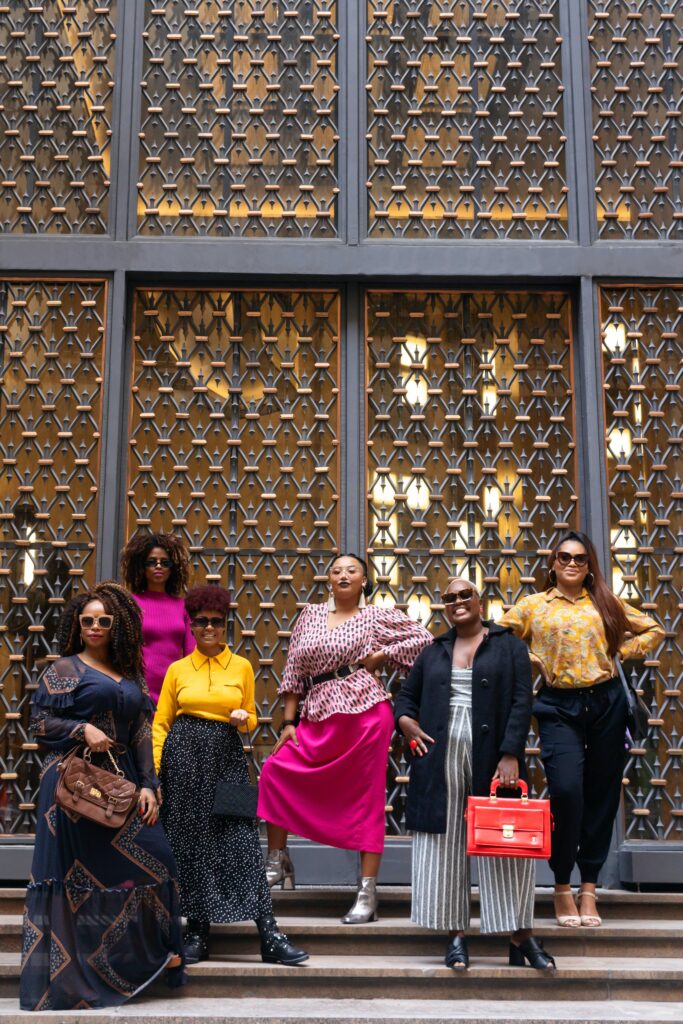
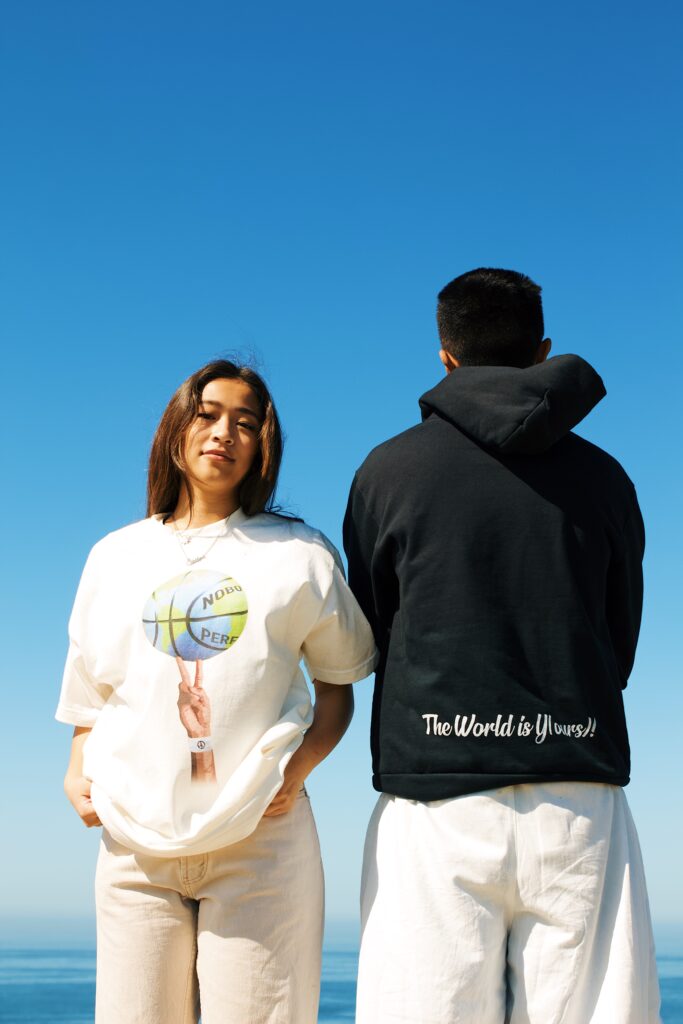
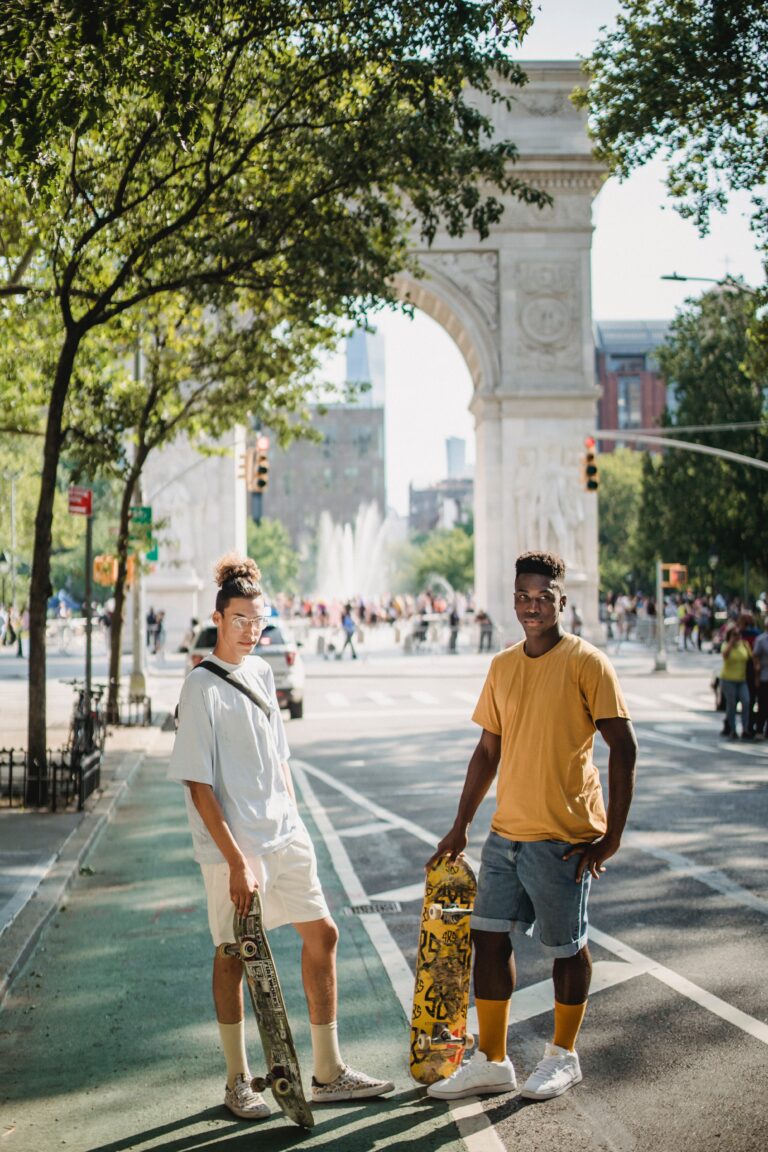
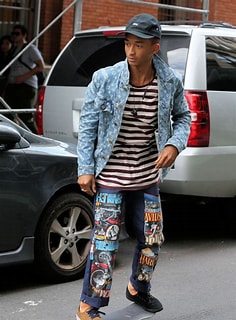
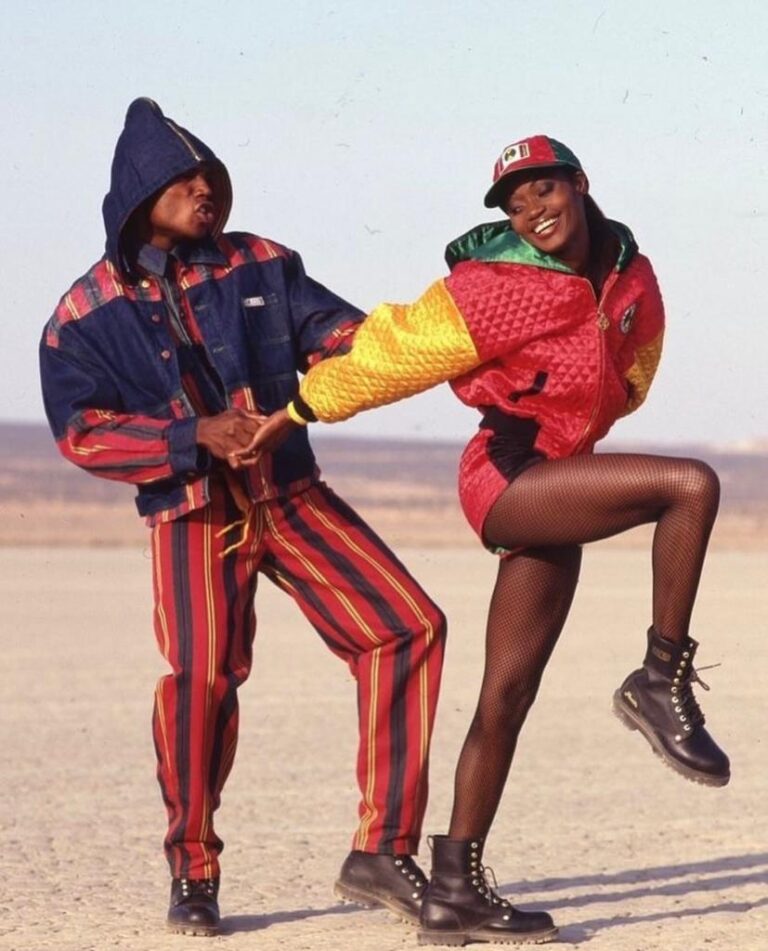
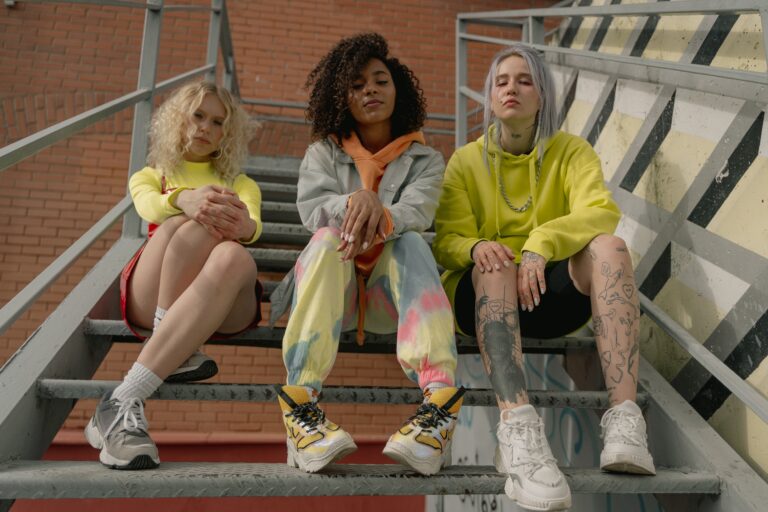
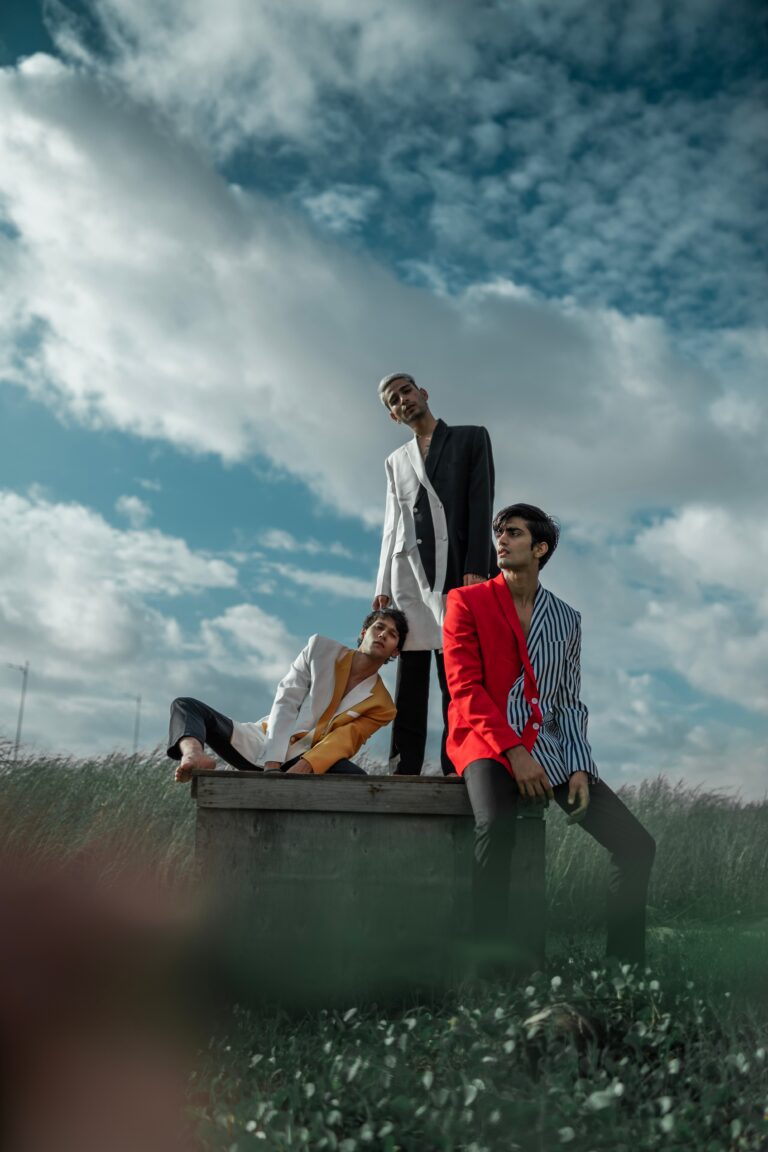
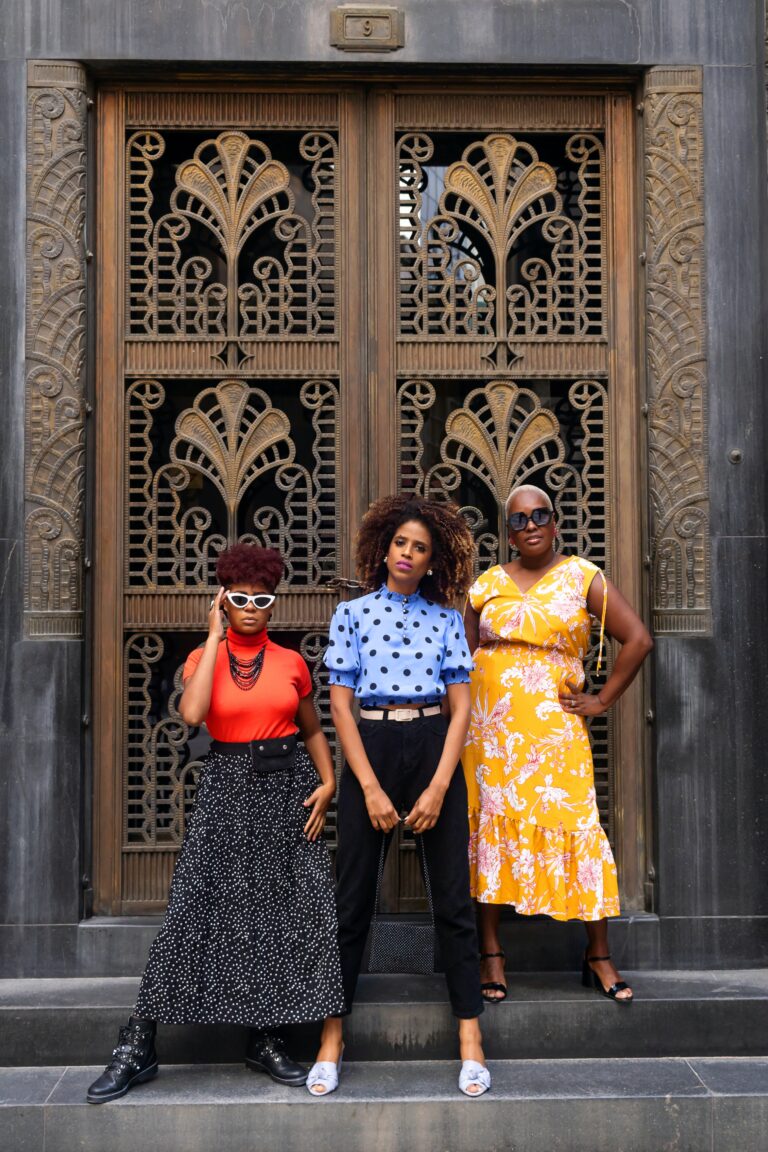

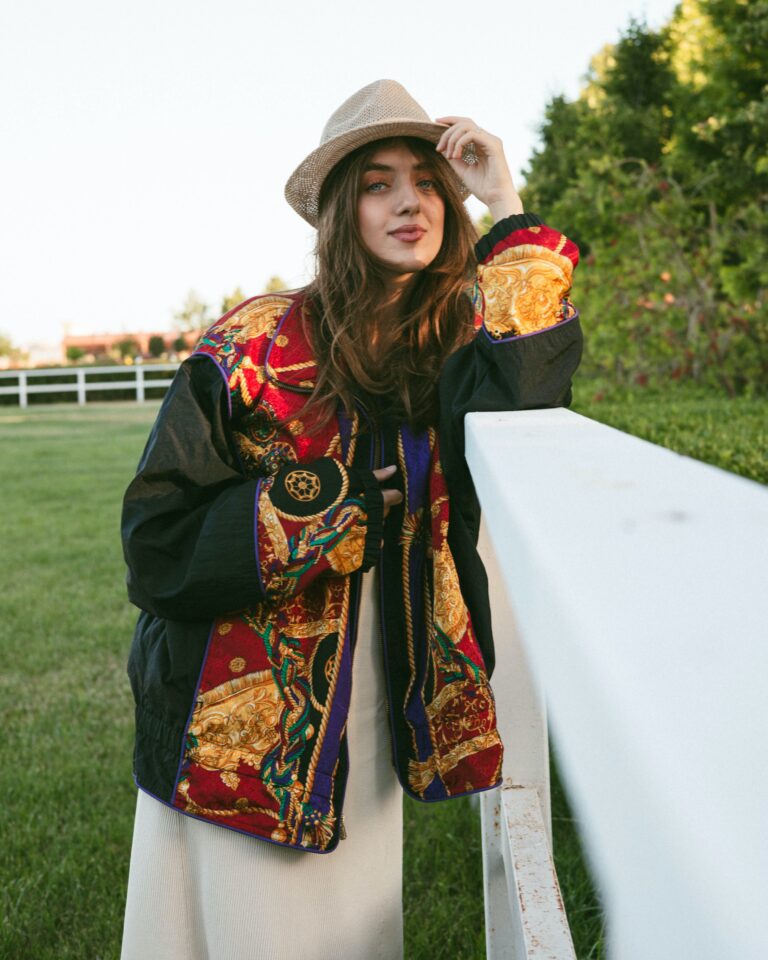
+ There are no comments
Add yours